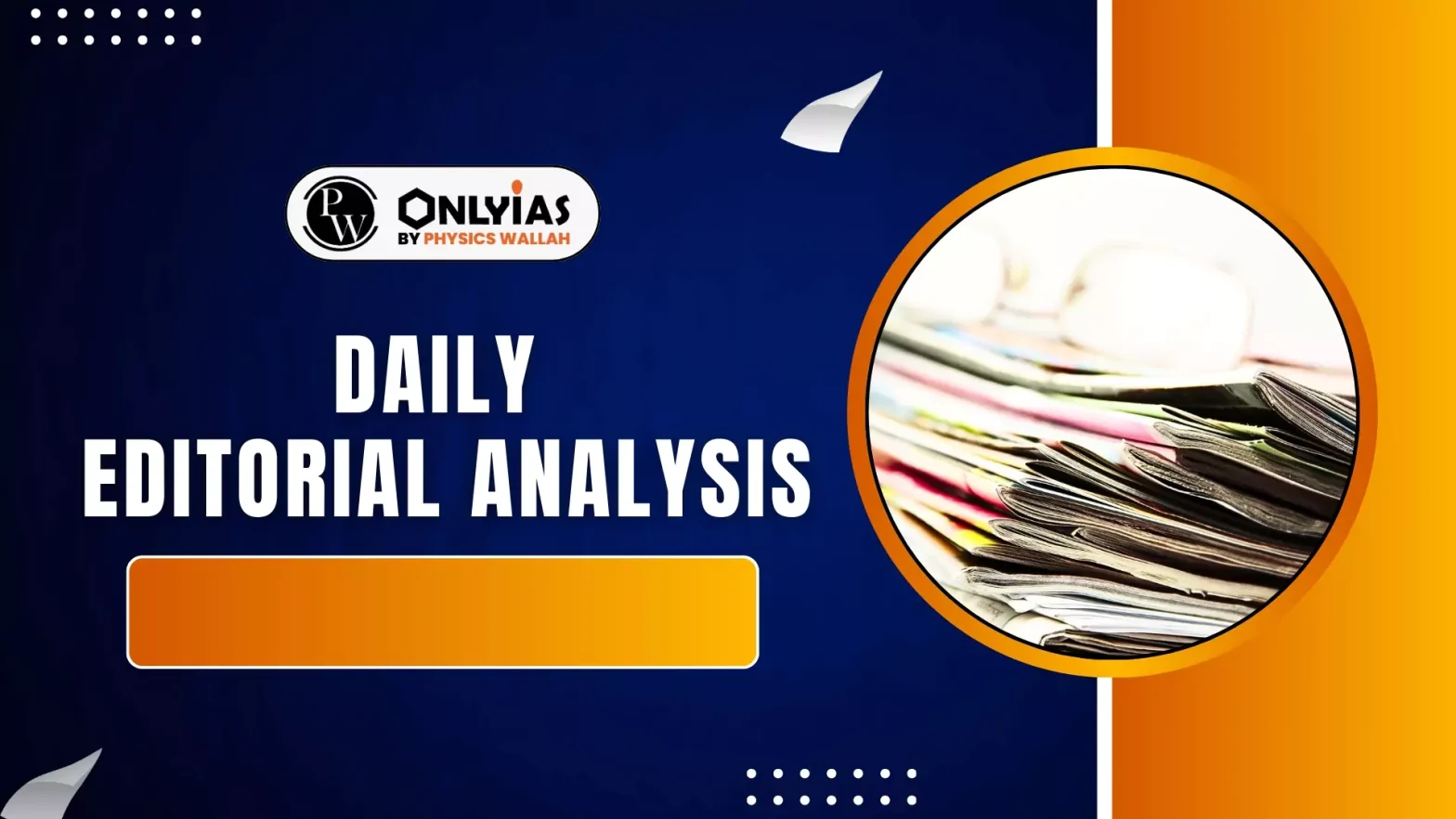In 1975, Prime Minister Indira Gandhi declared a National Emergency, citing internal disturbance and threats to national stability.
- This period saw widespread suspension of civil liberties, press censorship, and political repression across India.
About Emergency in India
- Emergency refers to a special situation when the President of India can suspend normal constitutional procedures to deal with a threat to the country’s security, stability, or governance.
- The provisions for Emergency are found in Part XVIII (Articles 352 to 360) of the Indian Constitution.
- During an Emergency, fundamental rights (except Articles 20 and 21) can be suspended, Centre assumes greater powers, and state autonomy is significantly reduced.
- National Emergency: It was declared on June 25, 1975, by President Fakhruddin Ali Ahmed under Article 352.
- Official reason: “Internal disturbance”, later amended to “armed rebellion” via the 44th Amendment.
- It is declared when the security of India or any part thereof is threatened by war, external aggression, or armed rebellion (post 44th Amendment)
- The President declares Emergency based on the written advice of the Cabinet.
- Emergency continued for 21 months till March 1977.
Situations Leading To The Imposition Of 1975 Emergency
- Immediate Trigger: The Allahabad High Court verdict on June 12, 1975, invalidated Indira Gandhi’s 1971 Lok Sabha election for electoral malpractices.
- Bihar Movement led by Jayaprakash Narayan: student movements, and public discontent over inflation, unemployment, and corruption demanding Sampoorna Kranti (Total Revolution).
- Failed Promises: Her 1971 “Garibi Hatao” slogan created unmet expectations, fueling student-worker protests.
- Economic Distress: Due to the Oil crisis (1973), inflation and poor monsoons.
- Navnirman Movement In Gujarat (1974): Forced State governments to resign.
- Railway Strike of 1974: Led by George Fernandes disrupted national transport.
Government’s Perspective During the 1975 Emergency
- Internal Security Threat: Claimed violent protests, strikes, and unrest were pushing India toward chaos and saw opposition movements as conspiracies to destabilise the country.
- Political Stability: Emergency was seen as necessary after the Allahabad High Court invalidated Indira Gandhi’s election, sparking opposition-led agitations.
- Mass Detentions Under Emergency Laws
- Over 35,000 people were detained under the Maintenance of Internal Security Act (MISA).
- 75,000 more were arrested under Defence of India Rules (DIR).
- Millions were arrested under various other provisions, including children as young as 9 and elderly over 90.
- Bureaucratic Overreach: Bureaucracy became authoritarian, aligning with government excessesa and Officials misused power with little accountability.
- Censorship On Press: Strict Censorship, pre publication approval was made mandatory.
- Media could only publish government approved content.
- The censorship of the press was defended as a measure to curb misinformation and prevent the spread of unrest.
- The government said it was essential to protect national unity and public morale.
- Forced Sterilisation Campaign: The government argued that mass sterilisation campaigns were necessary to control population growth and promote economic development.
- Officials described them as voluntary and developmental, although coercion was widely reported.
- Minorities and the poor were disproportionately targeted.
- Turkman Gate Demolitions: During the Emergency, a beautification drive in Old Delhi led to forced demolitions.
- Residents resisting eviction were fired upon by police, resulting in deaths.
Perceived Sense of Order During Emergency
- During the Emergency, many experienced a perceived sense of order: trains ran on time, government offices functioned efficiently, and street crimes declined.
- Corruption and strikes were reduced, creating an illusion of discipline and efficiency.
- Some even welcomed this temporary order and Vinobha Bhave termed it an “anushasan parv” (era of discipline).
Indira Gandhi’s Decision to End the Emergency
- Disturbed by the excesses and public discontent, Indira Gandhi reportedly sought spiritual advice, including from philosopher J. Krishnamurti.
- She lifted the Emergency in January 1977 and announced general elections on 18 Jan 1977.
- The move was seen as an attempt to restore democratic legitimacy and test her popularity through the ballot box.
1977 Elections and Janata Party Victory
- In March 1977, India held general elections after 21 months of Emergency rule.
- The public, angered by authoritarian excesses, voted overwhelmingly against Indira Gandhi’s Congress.
- The newly formed Janata Party won a historic victory, and Morarji Desai became Prime Minister, marking India’s first non-Congress government.
Lessons And Reforms From Emergency
- Democracy is Fragile: The Emergency exposed how easily democratic rights can be suspended; public vigilance is crucial.
- Constitutional Reforms: The 44th Amendment (1978) reversed many Emergency-era changes: Made it harder to declare Emergency, Ensured Articles 20 and 21 (life and liberty) could not be suspended, replaced internal disturbance with armed rebellion, and made written cabinet advice mandatory for emergency declaration.
- India democracy matured post emergency.
Conclusion
The Emergency remains a dark yet instructive chapter in India’s democratic journey. It taught the nation the value of civil liberties and the need for constant vigilance against authoritarianism.
![]() 23 Jun 2025
23 Jun 2025

